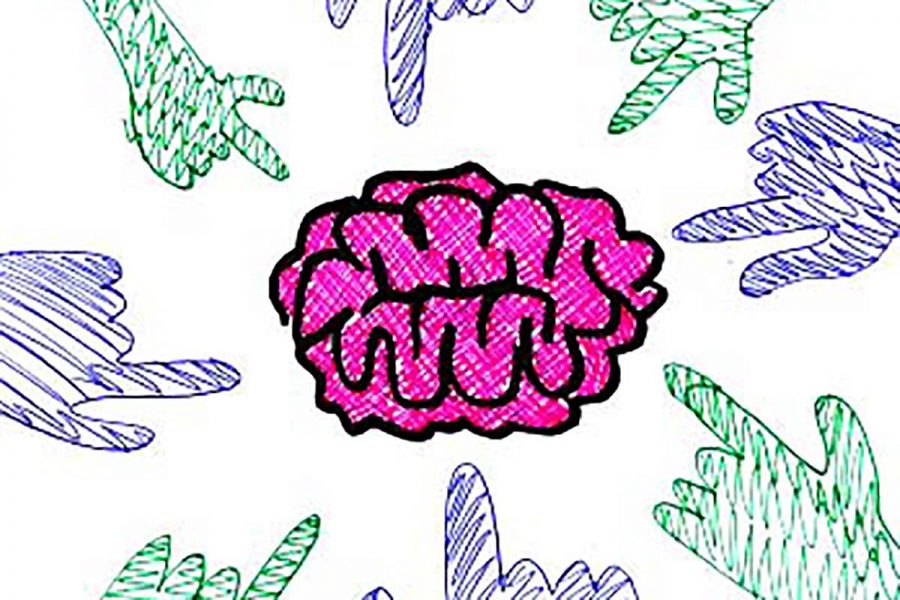Mentally ill about the mentally ill
How society deals with the violently ill
Photo by Victoria Van
April 17, 2018
Nikolas Cruz entered Marjory Stoneman Douglas High School and fatally shot 17 people on Feb. 14. In light of recent events, more speculation on the rights of the mentally unstable has increased.
The stigma that all mentally ill people are dangerous is slowly growing, especially due to recent events. Stigmas and stereotypes refer to prefabricated opinions of a specific group. The stigmas surrounding the mentally ill are often “dangerous,” “unpredictable” and “unreliable.”
There are usually three perspectives to mental illness; the macro level or the media, the intermediate level, which is healthcare professionals and the micro level, which is the individual with the illness and the caregivers of those people.
The macro level, or media, has coverage that often portrays the mentally ill as negative and detrimental. Reports of violence from the mentally unstable outnumber those of a mentally healthy person on most news outlets. The coverage of crimes often includes some theory or speculation of someone who might be mentally unstable.
Television, newspapers and magazines and other media outlets often only include the negative aspects and effects of the mentally ill and portray the mentally stable as good-natured people. While most media outlets do this, there are a few that do not. These biased views further the stigma that the mentally ill are always dangerous and people should remain cautious around them.
The intermediate level of healthcare professionals are expected to remain neutral about their patients or people that may be involved in their professions, but some often display stronger and more negative opinions compared to those of the general population.
While healthcare professionals like psychiatrists may seem unbothered by the mentally unstable, they are more likely to be unwilling to have contact with them. A Brazilian study showed that psychiatrists often show more prejudice towards patients with schizophrenia than the general population. Researchers noted that the more a person identifies the clinical picture of psychiatric illness presented to him or her, the more they stigmatize persons with these illnesses. In this study, psychiatrists rank highest when scoring the degree of their stigma, independent of diagnoses. Usually psychiatrists will display politically correct opinions unless affected personally. The explanation for this is often because people in the healthcare field find an unwillingness for patients to undergo treatment. This usually means that it is harder for the professionals to build a rapport with the patients.
The third perspective, the micro level or self-stigmatization, is one of the most severe levels. The patients who experience the self-stigma are those whom internalize the stigma that they are harmful and crazy, which often leads to lower self-esteem and self-efficiency, which influences the rate of recovery.
Psychologists argue this self-stigmatization starts before the patient is initially diagnosed because this is usually the period that they learn about the stigmas that are already prominent in society. This often leads to a sense of shame and self-degradation. For example, when someone who suspects that they may be mentally unstable hears that people with mental illnesses are weak, they then place themselves into that same category. This can lead to darker thoughts and behaviors like giving up looking for jobs and appearance because they feel as though they don’t have a chance or reason to try.
Not only does the micro level affect the individual themselves, but the family and friends of those individuals. The friends and family also blame themselves for causing the illness of those individuals.
Social stigma toward the mentally ill is structural, which means that it is held by a large number of people. In 2010, the Equality Act made it illegal to discriminate directly or indirectly against the mentally ill in public. In this context, stigma is embedded into social structure to create a sense of inferiority. This can cause a disparity in the access to treatments and things like renting an apartment.
















